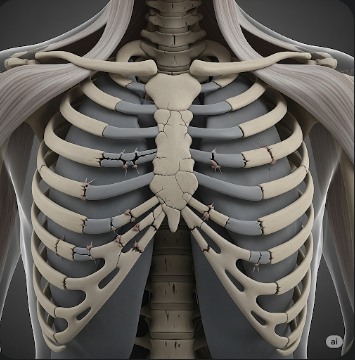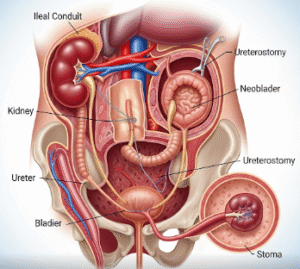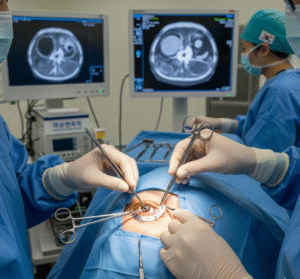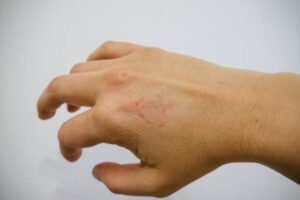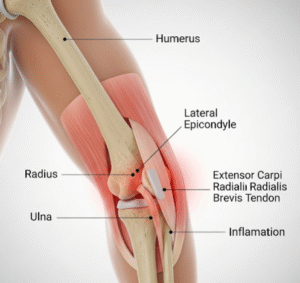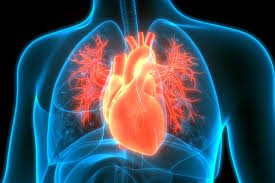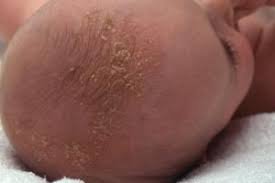Overview
Broken ribs, also known as rib fractures, are injuries where one or more ribs are cracked or broken, usually due to trauma, accidents, or severe coughing. Rib fractures are common thoracic injuries that can cause pain, difficulty breathing, and complications if left untreated.
In Korea, broken ribs are treated in emergency, orthopedic, and thoracic clinics, with emphasis on accurate diagnosis, pain management, and preventing respiratory complications. Korean healthcare uses advanced imaging and minimally invasive approaches when necessary to ensure effective recovery.
What is a Broken Rib?
A broken rib is a fracture or crack in one of the twelve pairs of ribs that protect the chest cavity. Rib fractures can be:
- Simple fractures: A single crack without displacement
- Displaced fractures: Bone ends are out of alignment
- Multiple fractures: Involving several ribs
- Flail chest: Severe injury with multiple ribs fractured in multiple places, causing instability of the chest wall
Rib fractures can cause localized pain, swelling, and reduced mobility, and may affect breathing and lung function.
Symptoms
Symptoms of broken ribs include:
- Sharp or severe pain at the site of injury
- Tenderness when touching the rib area
- Swelling or bruising around the fracture
- Pain worsening with breathing, coughing, or sneezing
- Difficulty taking deep breaths
- Grinding or popping sensation in some cases
- Shortness of breath if associated with lung injury
Causes
Broken ribs typically result from direct trauma or severe stress on the chest:
- Falls or accidents (e.g., slips, vehicle collisions)
- Sports injuries, especially in contact sports
- Direct blows to the chest during fights or collisions
- Severe coughing or sneezing in people with weak bones
- Underlying bone weakness, such as osteoporosis
Risk Factors
- Older adults, due to reduced bone density
- Individuals with osteoporosis or brittle bones
- Participation in high-risk sports or physical activities
- History of trauma or chest injury
- Chronic lung diseases, causing frequent coughing that may stress ribs
- Smokers, due to reduced bone and lung health
Complications
While many rib fractures heal without surgery, complications can occur:
- Pneumothorax: Air leaking into the chest cavity
- Hemothorax: Bleeding into the chest
- Lung contusions or injury
- Flail chest, causing severe breathing problems
- Pneumonia from shallow breathing due to pain
- Chronic pain or chest wall deformity
Prevention
Preventive strategies focus on reducing risk of trauma and maintaining bone health:
- Use protective gear during sports or risky activities
- Fall prevention measures for older adults (handrails, safe flooring)
- Maintain strong bones with adequate calcium, vitamin D, and exercise
- Smoking cessation to improve bone and lung health
- Prompt medical attention for minor chest injuries to prevent complications
Treatment Options in Korea
Diagnosis
Accurate diagnosis is essential to ensure proper healing and detect complications:
- Physical examination: Assess tenderness, deformity, and pain
- X-rays: Standard imaging to confirm fracture location and severity
- CT scans: Used for complex fractures or suspected internal injuries
- Ultrasound: Occasionally used for soft tissue assessment
- Monitoring respiratory function if multiple ribs are involved
Non-Surgical Management
Most rib fractures are treated conservatively:
- Pain management: NSAIDs, acetaminophen, or stronger analgesics if needed
- Ice packs in the first 24–48 hours to reduce swelling
- Rest and activity modification to prevent further injury
- Breathing exercises to maintain lung expansion and prevent pneumonia
- Supportive care: Using pillows to brace the chest while coughing or moving
Surgical Management
Surgery is rarely needed but may be required in severe cases:
- Rib fixation surgery: Plates and screws to stabilize multiple or displaced fractures
- Management of flail chest to restore chest wall stability
- Minimally invasive thoracic surgery in Korean hospitals for associated complications like pneumothorax or hemothorax
Supportive Care
- Pulmonary physiotherapy to prevent lung infections and maintain respiratory function
- Follow-up imaging to monitor healing
- Patient education on safe movement and gradual return to activity
- Nutritional support to enhance bone healing
Prognosis
The prognosis for broken ribs is generally good, particularly with timely care:
- Most single rib fractures heal within 6 weeks
- Pain gradually improves with conservative management
- Complications are rare in Korea due to prompt evaluation and advanced care
- Severe or multiple fractures require close monitoring, but modern surgical techniques ensure functional recovery
- Long-term outcomes are excellent when patients follow prescribed care and rehabilitation
Korean hospitals and trauma centers provide expert evaluation, imaging, pain management, and rehabilitation, ensuring safe and effective recovery from broken ribs while minimizing complications and promoting full return to daily activities.

